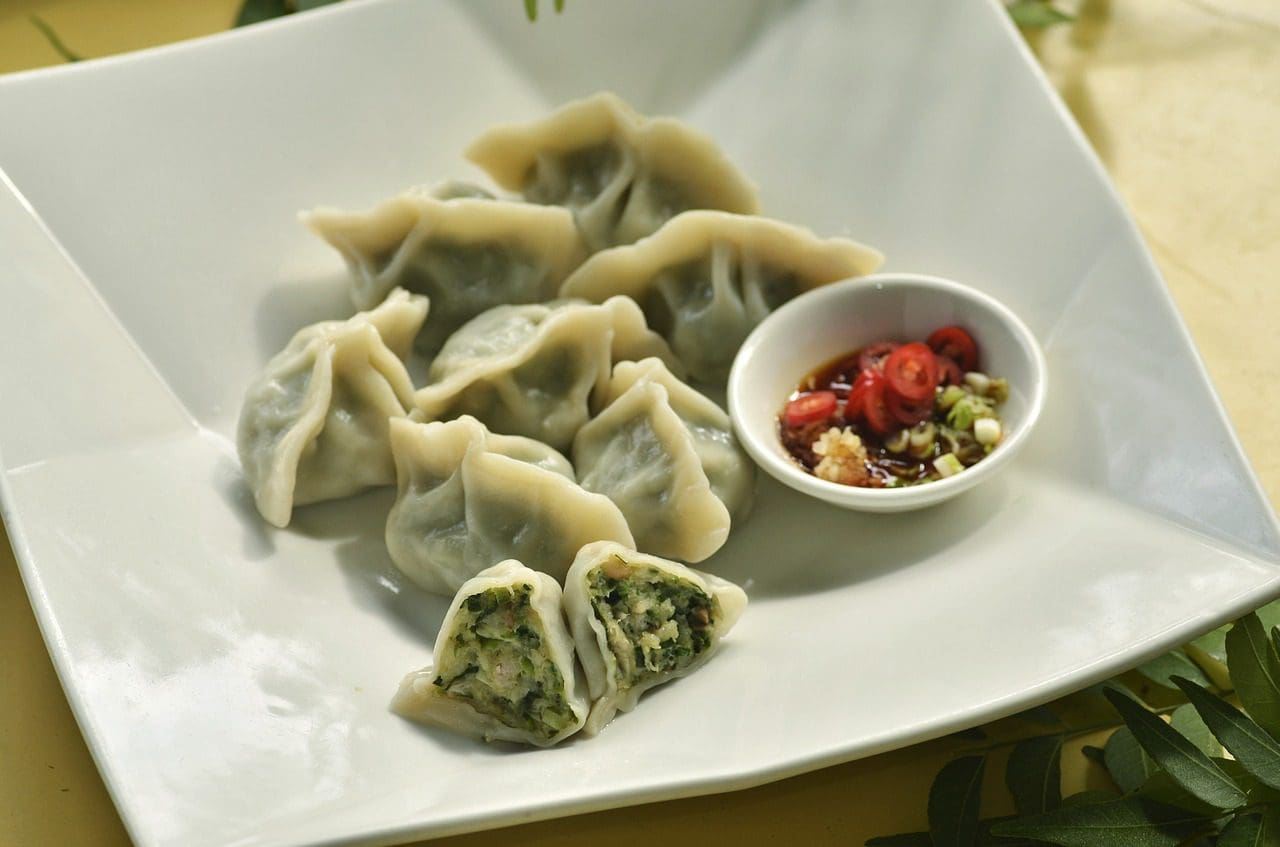 When your friend says, “Let’s go get some dumplings,” what’s your first thought? Steamed pork dumplings? Deep fried beef empanadas? Saucy cheese ravioli? All of these qualify! Dumplings are a culinary favorite around the world with each culture putting their own unique spin on the small savory ball of dough. So next time your friend suggests dumplings, make it a cultural exploration – or even inspiration for a trip to the source of your favorite dumpling goodness.
When your friend says, “Let’s go get some dumplings,” what’s your first thought? Steamed pork dumplings? Deep fried beef empanadas? Saucy cheese ravioli? All of these qualify! Dumplings are a culinary favorite around the world with each culture putting their own unique spin on the small savory ball of dough. So next time your friend suggests dumplings, make it a cultural exploration – or even inspiration for a trip to the source of your favorite dumpling goodness.
Dumplings are an ancient and incredibly versatile food that can be found in nearly every cultural cuisine. The delectable pockets of flavor take many forms. Small pieces of dough made from a variety of starches – potato, bread or different grain flours – are often filled with meat, cheese, vegetables, fruits or sweets. Or some dumplings have no filling and the starch takes center stage. Dumplings can be baked, broiled, fried, stewed or steamed. The combinations are infinite – and the flavors are divine!
Asian Dumplings
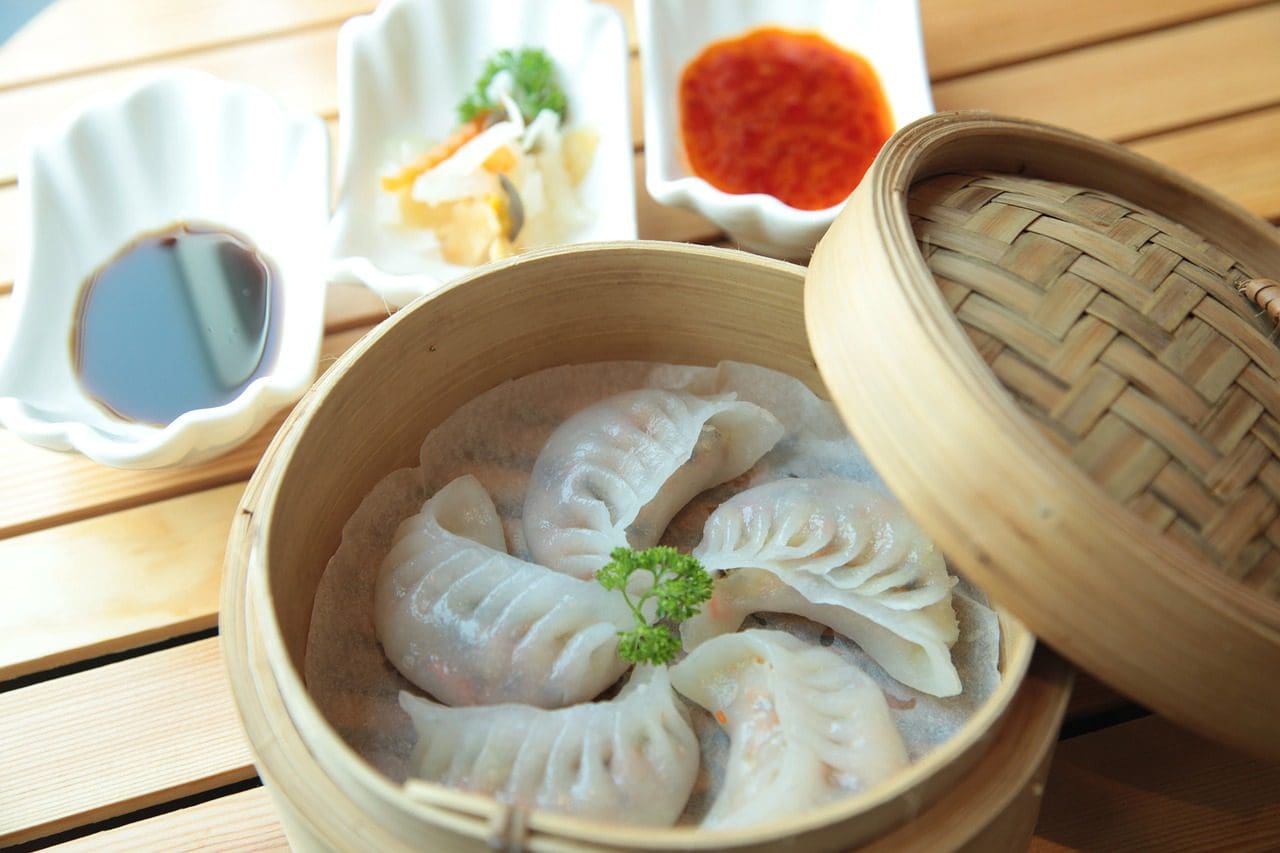
The classic steamed dumpling, often stuffed with minced pork or vegetables, is possibly the oldest form of dumpling. Chinese legend dates it back to 225AD. Called jiaozi, they are a staple of dim sum and traditionally eaten on Chinese New Year’s Eve. If these are fried in oil, they are called quotie (potstickers). Wonton is yet another dumpling version, usually with a meatier filling, a thinner wrapper, and boiled in broth. Zongzi is a different style of Chinese dumpling made from sticky rice formed into a cone shape and filled with red bean paste.
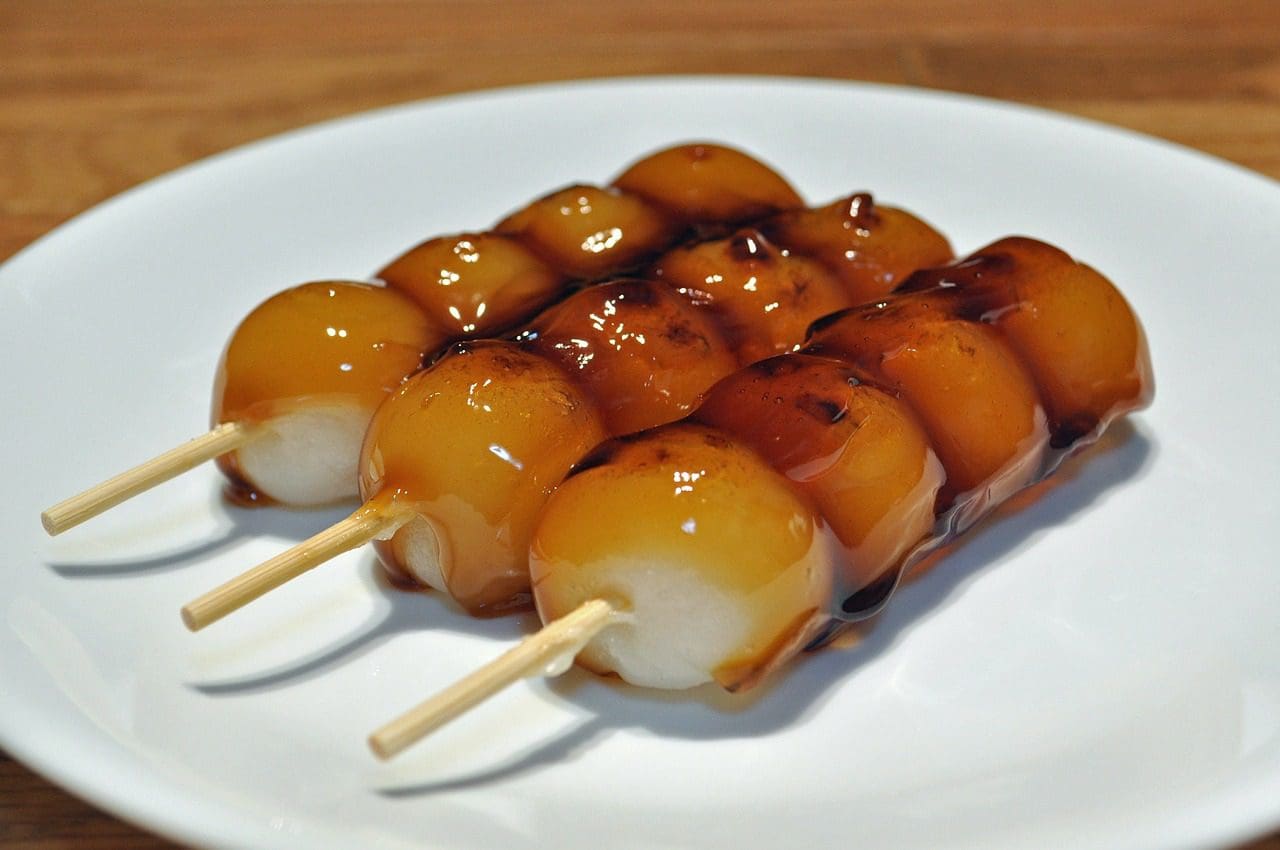
The Japanese version of jiaozi is called gyōza. You’ll also find seasonal varieties of dango in Japan, a sweet dumpling made from rice flour and served three or four on a skewer.
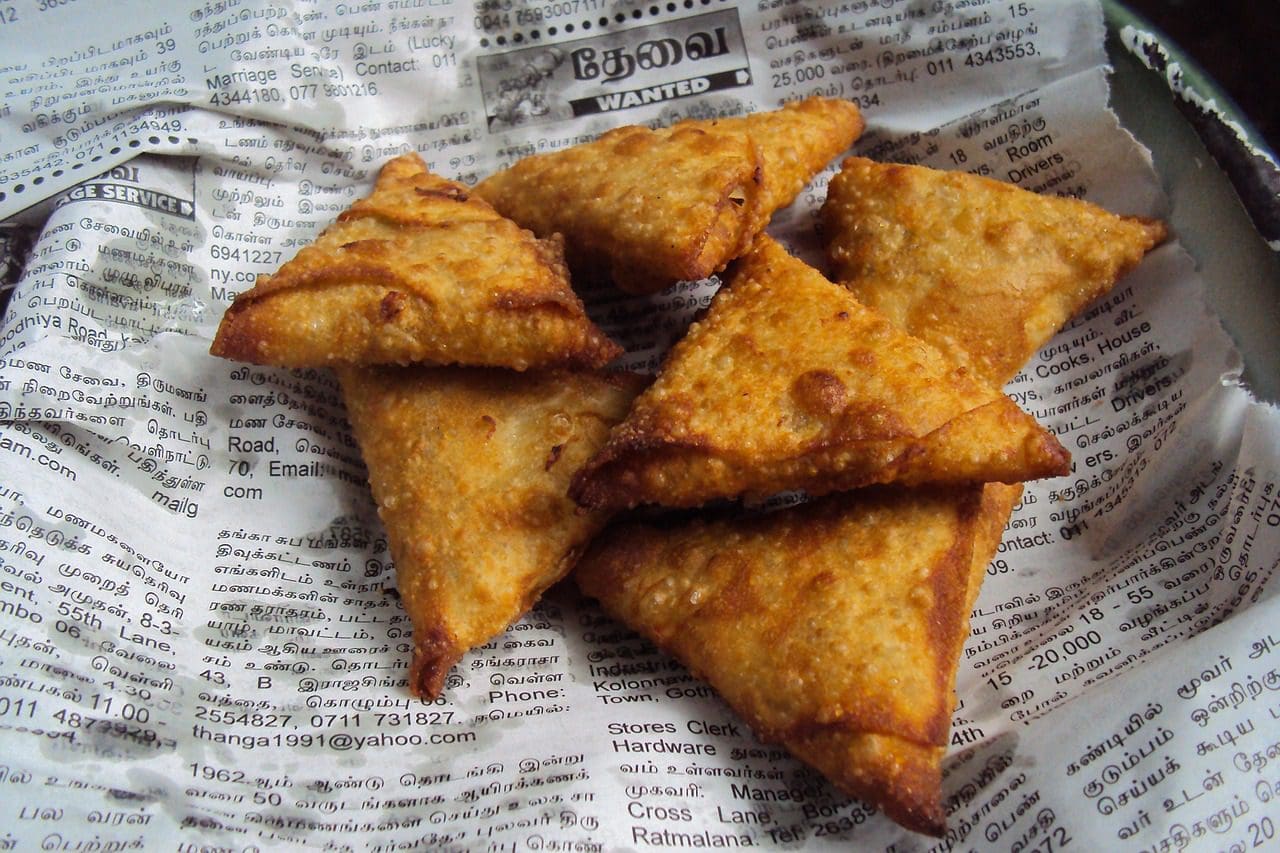
Indian cuisine also enjoys many versions of the pocketed pleasers. They may be sweet, salty or spicy and have regional variations with different names. A favorite is the samosa, a fried triangular-shaped dumpling stuffed with spicy potato or mince and served with a chutney. The kozhukkatta is a sweet dumpling usually eaten for breakfast or with tea. It’s made from rice flour and filled with grated coconut and jaggery. The Indian momo is similar to the Chinese jiaozi and is often served with a spicy chili sauce.
European Dumplings
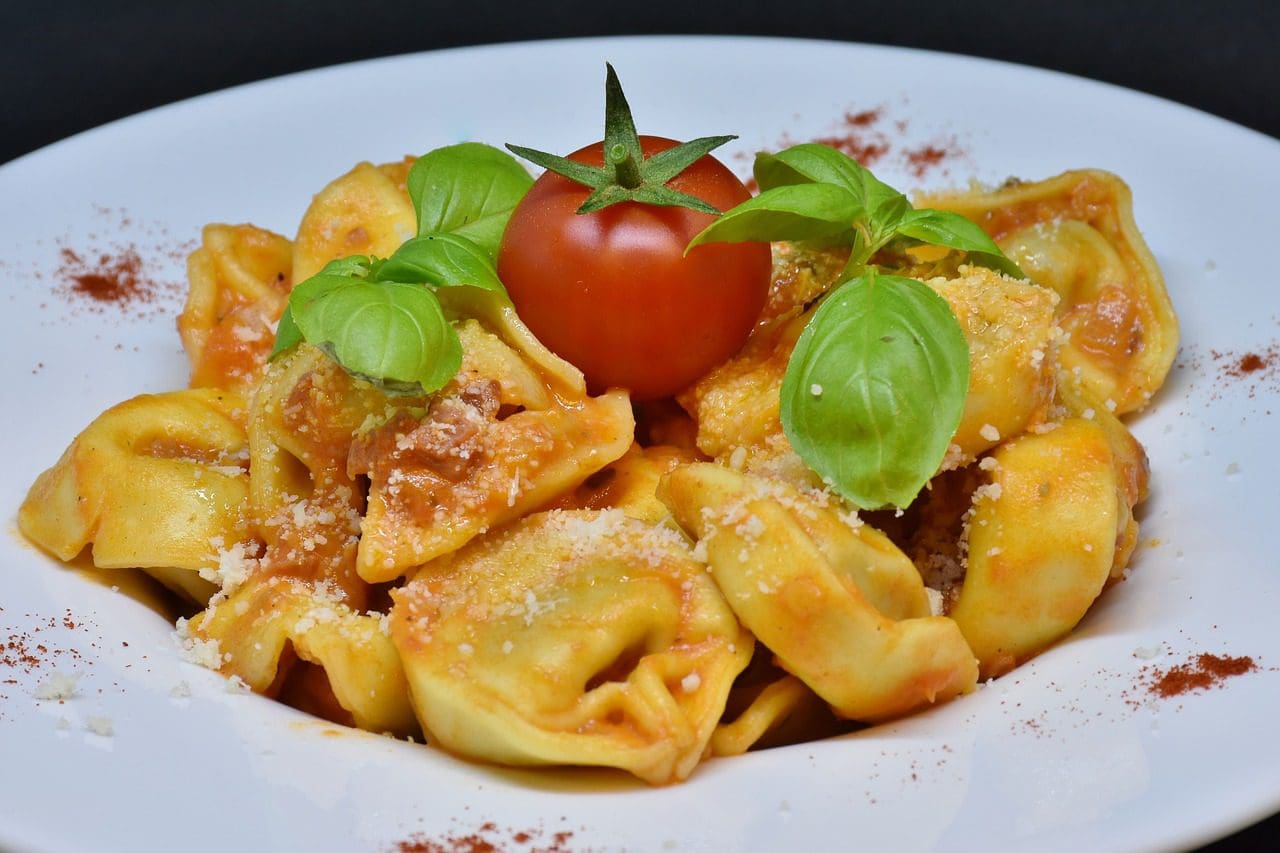
Italian dumplings are known the world over as ravioli, gnocchi, and tortellini, the distinction is the way each is wrapped and folded. These savory pasta pockets may be stuffed with meat, mushrooms, or cheeses and dressed with butter, grated cheese or sauces.
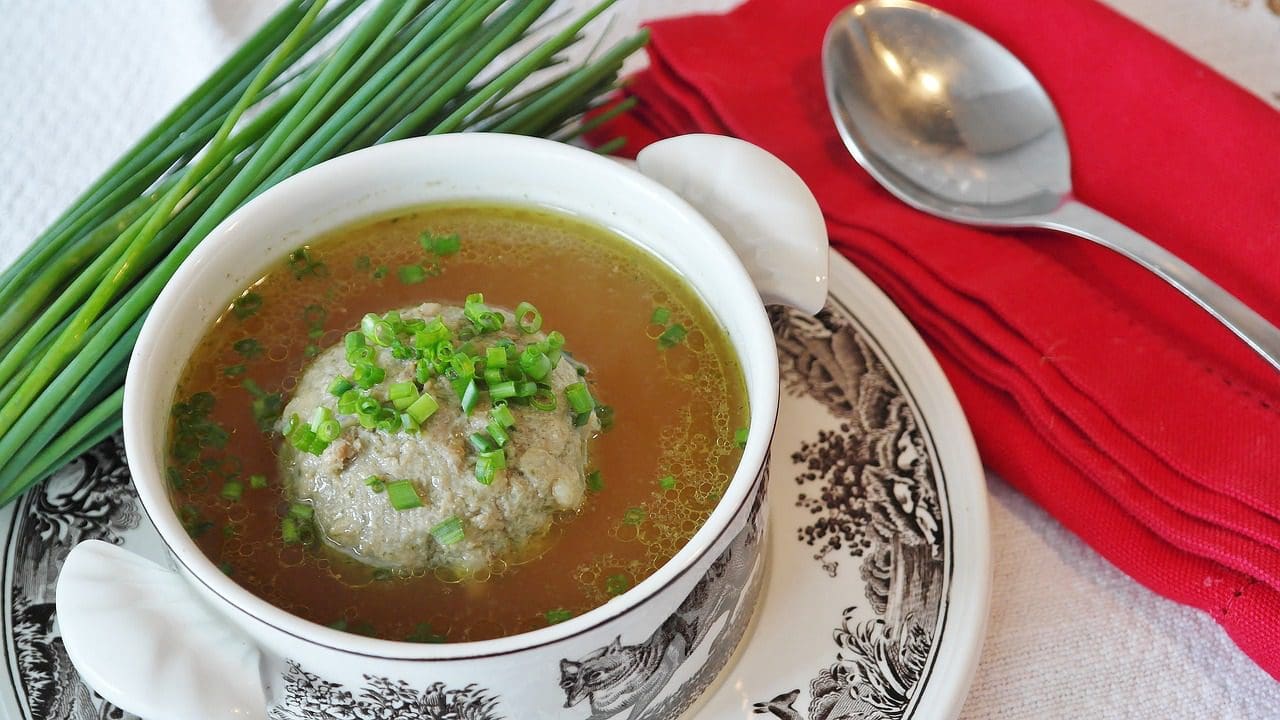
Norway and Sweden have more than a dozen names for potato dumplings depending on the type of flour used. Germany also has multiple names for many varieties of dumplings. Knöpfle is a boiled flour dumpling filled with meat or liver. Thüringer Klöße is a German potato dumpling that has a whole museum dedicated to it.
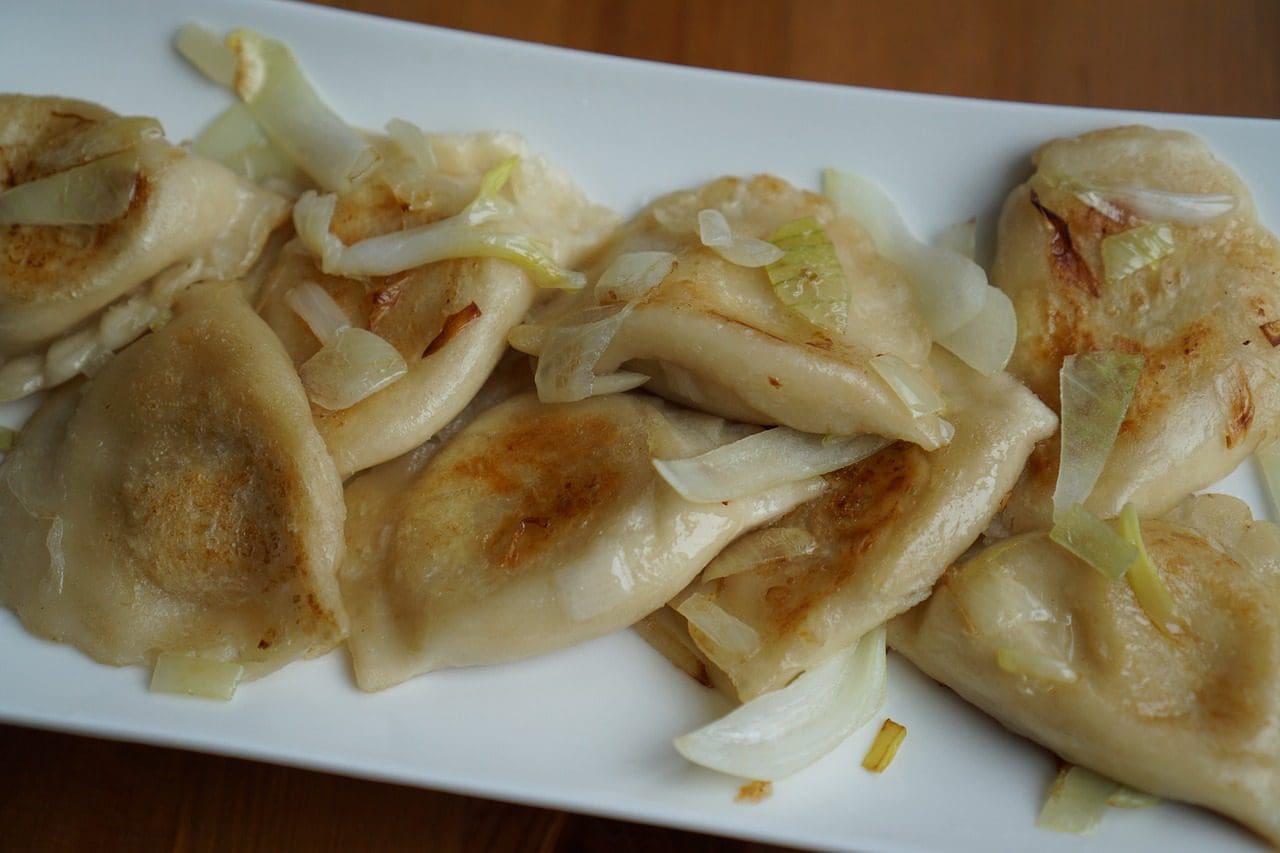
In Eastern Europe, you’ll find pelmeni (Russia), pierogi (Poland), and varenyky (Ukraine) that are boiled or steamed crescent-shaped dumplings. Pierogi may also be fried after boiling, like the Chinese quotie. Pelmeni is usually smaller and stuffed thicker than their dumpling cousins. They also have a thinner skin and always have a savory filling, while the others may use sweet filling.
In British and Irish cuisine, the dumpling is a dense dough ball cooked in a pot of stew that expands into a fluffy inside and moist outside, similar to the American comfort food, chicken and dumplings.
Latin and Caribbean Dumplings
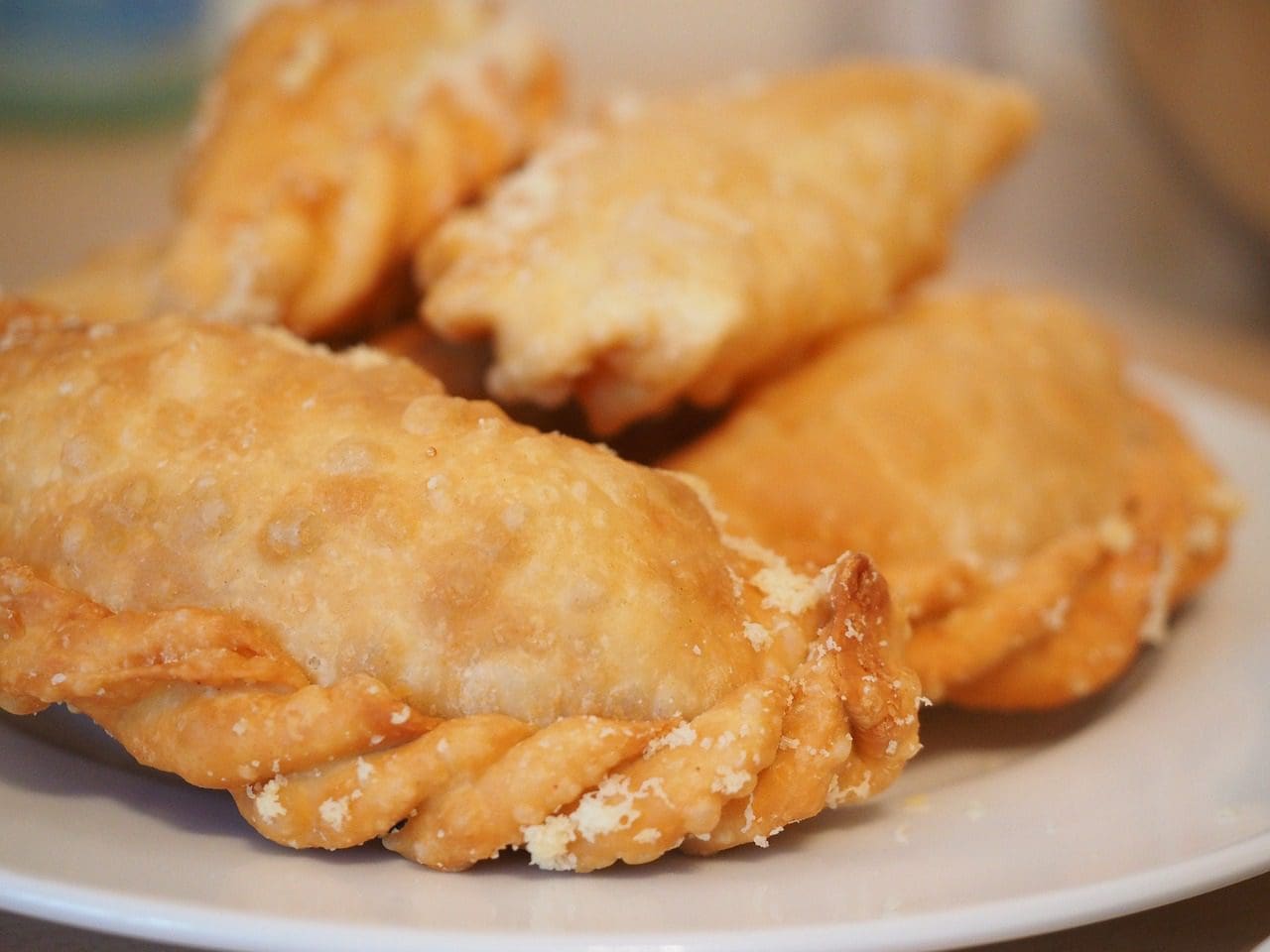
In the Caribbean and Latin America, dumplings are often packed with ingredients such as cumin, onions, garlic, raisins, olives, and peanuts. Empanadas in Argentina have different folding patterns to distinguish the filling of beef, ham, vegetables, pork, etc., then they are deep fried or steamed. In Chile, pantrucas are a flat, irregularly cut shape that is served in soup. In Peru, papas rellenas is a ball of mashed potatoes stuffed with seasoned meat and rolled in flour then fried.
In the Caribbean, pan-fried chunks of dough are often served for breakfast as a side to codfish, although in Barbados, dumplings are seasoned with nutmeg and cinnamon for a sweeter flavor.
Jewish Culture Dumplings
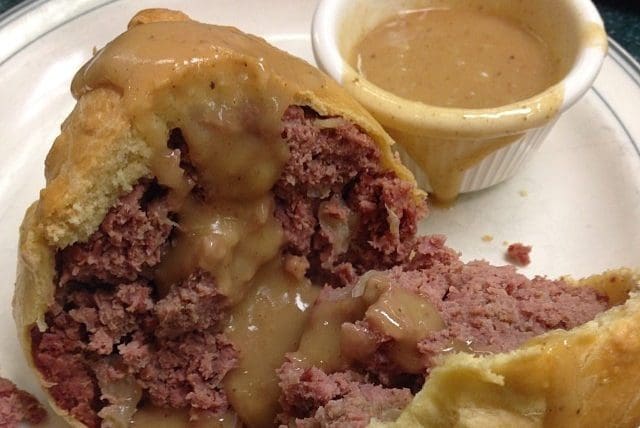
The Jewish diaspora carried their culinary and cultural traditions with them across the globe. Matzah balls are a traditional Ashkenazi Jewish soup dumpling, usually served in chicken soup during the Jewish holiday of Passover. Knish is a snack food made of a potato ball filled with cooked onions or meat, then wrapped in a thin dough and baked. Kreplach is the Jewish cultural version of China’s jiaozi – onion-sweetened and served in a hot broth or fried crisp.
Should you ever find yourself in a place where you don’t know the food, just look for the dumpling on the menu. There’s bound to be some form of this ubiquitous delight that will please your palate. Better yet, when your friend asks if you want to go out for dumplings, contact the vacation advisors at Covington to book a trip right to the source of your favorite dumpling.







Leave a Reply